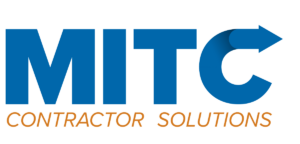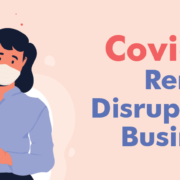More than 8 million people now have no unemployment compensation at all, while another 2.7 million lost the $300 federal weekly boost but will continue receiving state payments. They join the roughly 2.7 million cut off from some or all of their benefits in June or July after 24 states opted to terminate at least one of the programs early.
Though there are 10 million job postings in the US, hiring is not expected to improve dramatically, at least not right away, experts said. The labor markets did not greatly improve in the states that ceased benefits over the summer.
Benefits are not the only reason for hiring problems, though. Disrupted child care and health concerns are also major factors.
More than 5.5 million people said they are not working because they are caring for children who are not in school or day care, according to the most recent Census Bureau Household Pulse Survey, conducted in the first two weeks of August. Another 3.2 million said they are concerned about getting or spreading the coronavirus.
Economic uncertainty is also an issue. People are being thrown into the labor market at a time when the Delta variant is affecting consumers and businesses, said Andrew Stettner, senior fellow at The Century Foundation. The uptick in Covid-19 is prompting people to pull back on traveling and eating out.
“We’ve protected people up until now from the real damage of long-term unemployment,” Stettner said. “Now we have to see whether this job market is really strong enough to keep people out of long-term harm at a time when people don’t have some of the other protections — like the housing protections — they had during the pandemic.”
Coronavirus Concerns Remain High for Some
Fear of the coronavirus has kept some from returning to the labor market. CNN conducted the following interviews.
Rebecca Ruiz started homeschooling her two young granddaughters after her husband died of Covid-19 earlier this year. Ruiz, who has custody of the girls, is worried they could bring the virus home to her – a chance she’s not willing to take.
After losing her husband to Covid-19, Rebecca Ruiz is home schooling her two granddaughters because she fears they could catch the coronavirus at school.
The $900 she received in unemployment payments every two weeks, coupled with Social Security benefits, helped the family survive – especially after they lost her husband’s income from his job at a supermarket. “Right now, all I can do is make my pennies stretch,” said Ruiz, who did office work for a trucking company that shuttered at the start of the pandemic. The California resident is now hoping to find a position that will allow her to work from home.
Meanwhile, some laid-off Americans report they aren’t getting interviews or offers despite sending out a multitude of resumes.
David Grein, who has worked in hospitality for more than 30 years, has been applying for jobs throughout the pandemic after losing his position as a chef at a retirement community in early 2020. Most of the postings call for less experience and offer a lower hourly wage than he’s made in the past. Grein, who turned 64 on Monday, suspects his age also plays a factor.
Though he’s applied for jobs throughout the pandemic, David Grein is having trouble finding work as a chef.
“I’m at the point that the gun is to my head regarding income. I have none,” he said, noting that he also needs employer health insurance to cover his diabetes care.







 2018 MITC
2018 MITC

 2018 MITC
2018 MITC 2018 MITC
2018 MITC